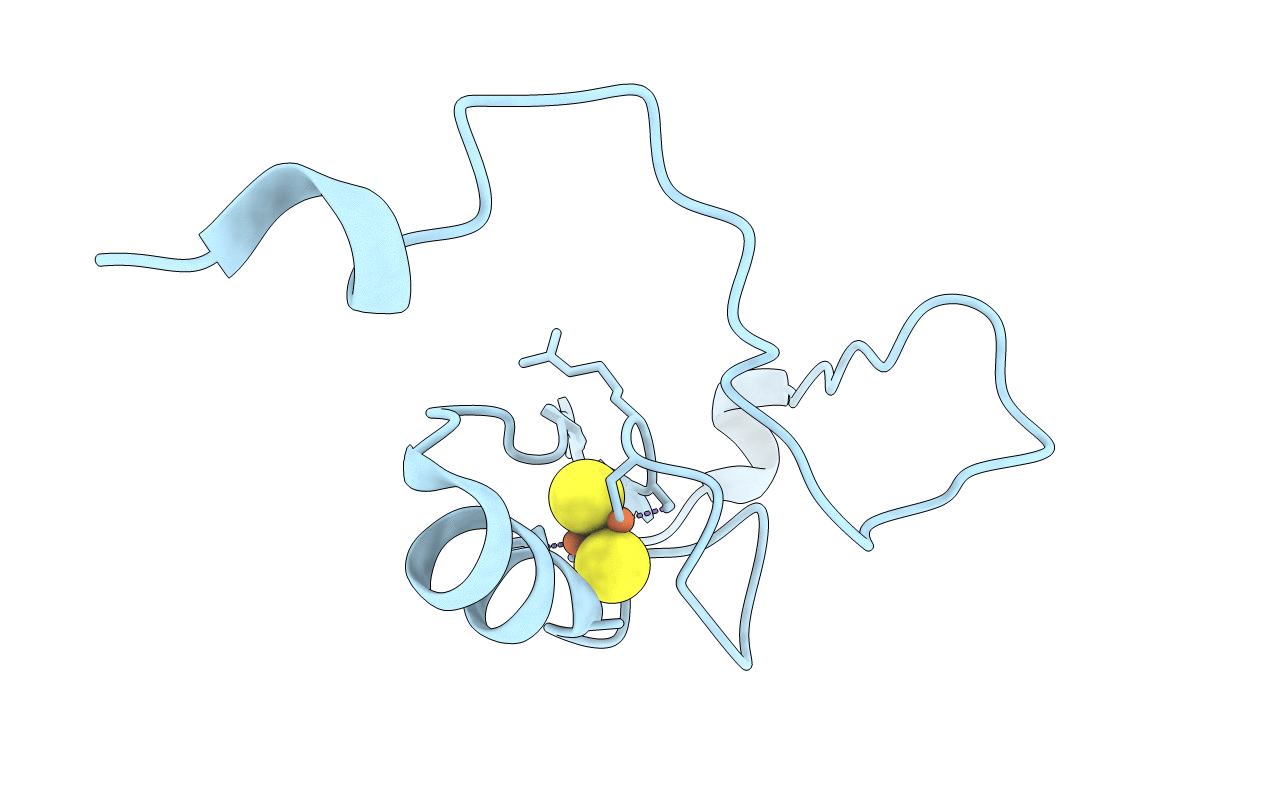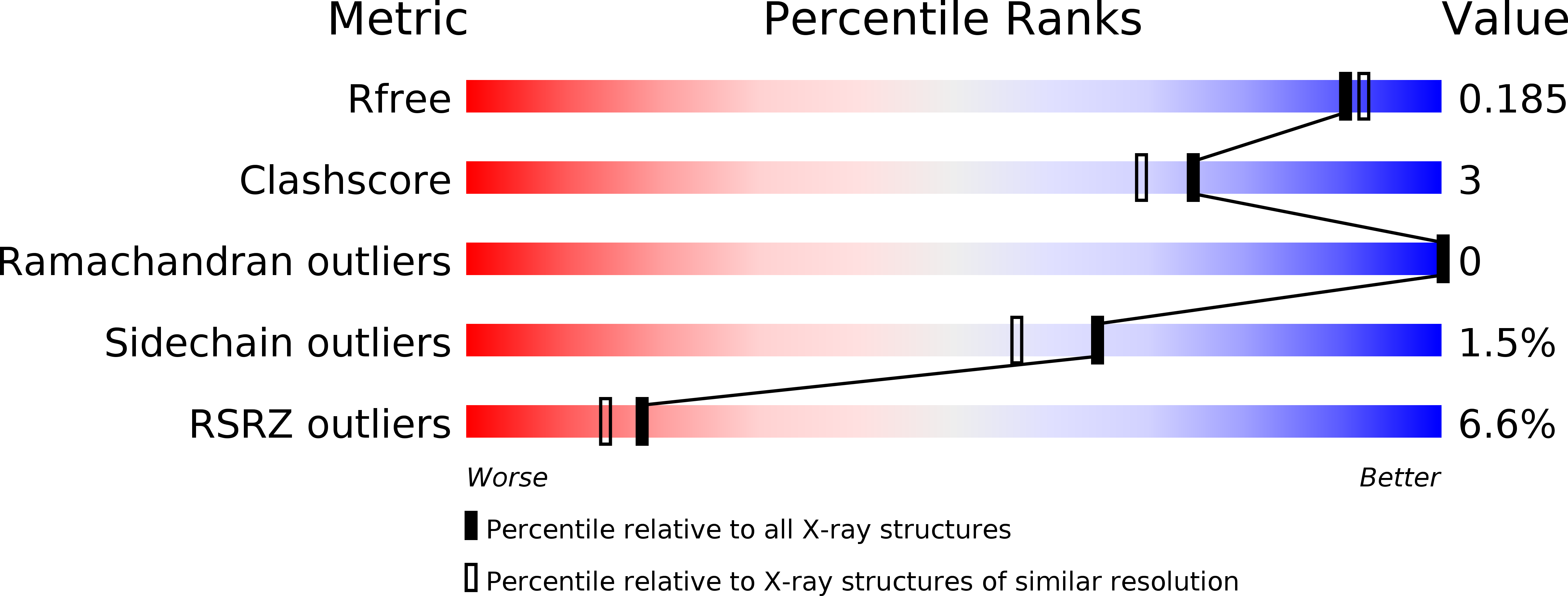
Deposition Date
2007-08-22
Release Date
2007-09-11
Last Version Date
2024-03-13
Entry Detail
PDB ID:
2R13
Keywords:
Title:
Crystal structure of human mitoNEET reveals a novel [2Fe-2S] cluster coordination
Biological Source:
Source Organism:
Homo sapiens (Taxon ID: 9606)
Host Organism:
Method Details:
Experimental Method:
Resolution:
1.80 Å
R-Value Free:
0.18
R-Value Work:
0.15
R-Value Observed:
0.16
Space Group:
I 41 2 2


